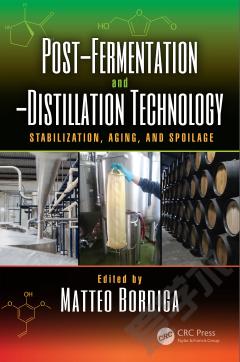Separation and Purification Technology
The effectiveness of electrokinetically enhanced persulfate oxidation for the destruction of trichloroethylene (TCE) in a spiked sandy clay soil was evaluated in this work. In addition, the effect of nanoscale Fe3O4 on activating persulfate oxidation was also evaluated. The TCE-spiked soil was compacted in the soil column of the electrokinetic (EK) treatment system, and both the anode and cathode reservoirs were filled with simulated groundwater. The electrode material for both the anode and cathode was graphite. An electrical potential gradient of 1 V cmâ1 was applied to the EK treatment system by a DC power supply for a period of 7â14 d. Sodium persulfate (Na2S2O8) was injected daily at a dose of 0.785â10.850 g into the anode or cathode reservoir, starting from the very beginning of the treatment. To evaluate the performance of persulfate alone in chemical oxidation of TCE in the EK treatment system, EK-alone tests were also carried out for comparison. Experimental results have shown that the EK process greatly enhances the transport of injected persulfate from the anode reservoir to the cathode reservoir via the soil compartment by means of electroosmotic flow, aiding in situ chemical oxidation of TCE. In addition, nanoscale Fe3O4 was found to play a significant role in activating persulfate oxidation. Such a coupled process was found to be capable of effective destruction of TCE in the soil compartment and electrode compartments. Under optimal conditions, the residual TCE concentration in the soil compartment was found to be lower than Taiwan EPAâs regulatory threshold (i.e., 60 mg kg â1 ). The residual TCE concentrations in both electrode reservoirs (i.e., not detectable and 0.01â1.74 mg L â1 for the anode and cathode reservoirs, respectively) also met the local regulatory standards for Type II groundwater quality (i.e., <0.05 mg L â1
{{comment.content}}








 京公网安备 11010802027623号
京公网安备 11010802027623号